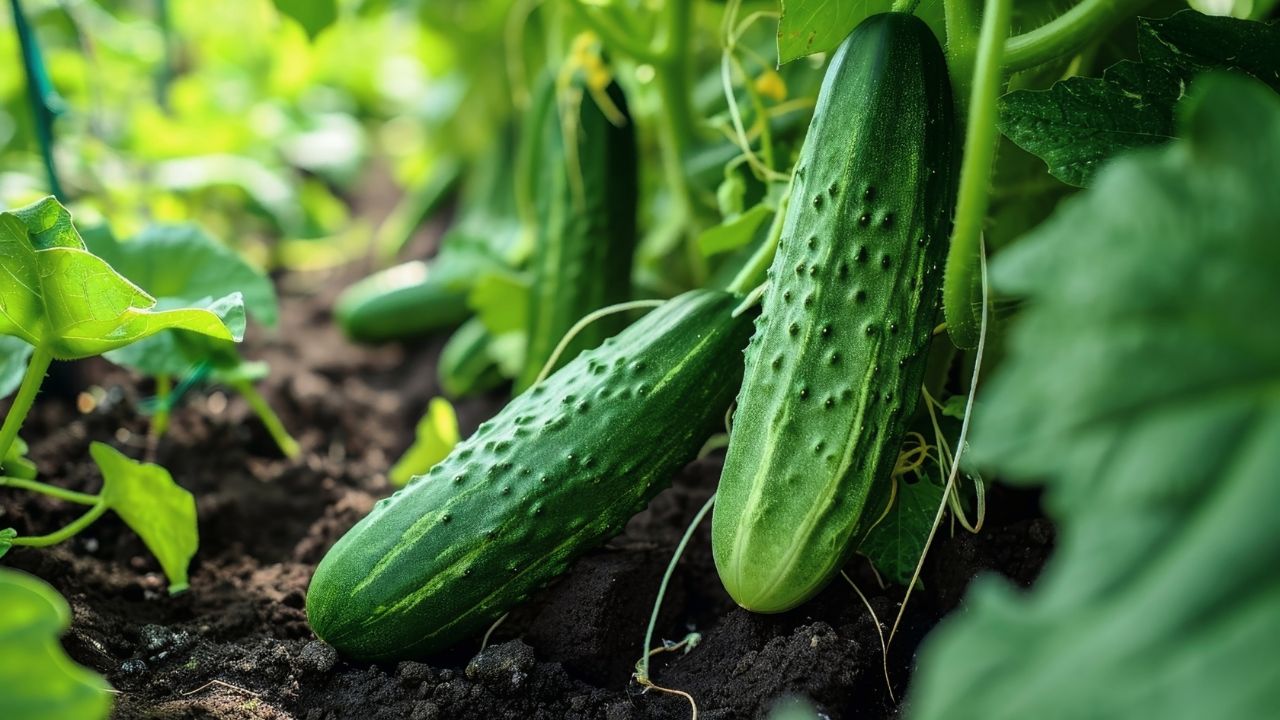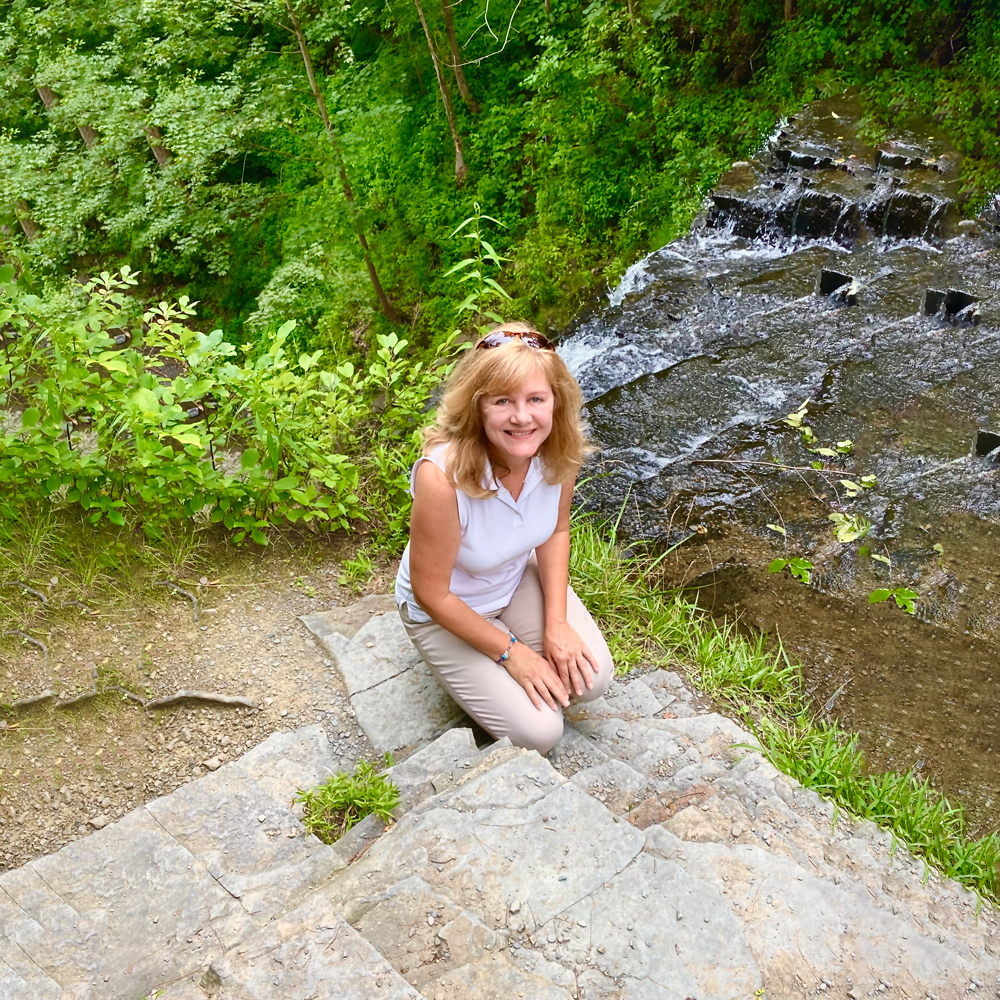Other than the relaxing nature of gardening, one of the main reasons people garden is to grow their own food. This can help them cut back on the amount they spend at the grocery store, especially if they love produce.
Growing your own groceries can be tedious but rewarding. But when you’re just starting out, it’s best to take it slow. This way, if you make a beginner mistake, you’re limiting the damage.
So which vegetables and fruits are ideal for beginners? We recommend starting with the ones on this list and then expanding.
Lettuce

Image Credit: Shutterstock.
Lettuce is great for salads or for using as a wrap if you want to forego bread or a tortilla. It’s also pretty easy to grow, like most leafy greens are, and you’re likely to get multiple harvests out of it.
It’s best to plant lettuce in the early spring months as they can withstand a frost. It grows fast, so you can enjoy the fruits of your labor within a month’s time. Plus, you can plant it in areas that may not get as much sun, saving that critical space for fruits or vegetables that do.
Peppers

Image Credit: Shutterstock.
I go through peppers like I go through water most days. It’s one of my favorite snacks and addition to salads, making it one of the first vegetables on my list to plant each year.
Peppers are easy to grow, whether in the garden or in a pot outside on your patio. They’re such versatile plants. They prefer full-sun, though so make sure you have them in a good spot. And if you grow a ton of them, you can freeze them for use in dishes all year round.
Peas

Image Credit: Shutterstock.
Peas are another vegetable that you can enjoy as part of a meal or by itself. They’re an early spring plant and can start growing even before the last frost if planted in time. Some varieties will need a trellis, though, as they tend to grow quickly and need support.
One thing to note about peas is that you don’t want to leave them hanging too long after maturity, as they will spoil quickly. Instead, pick them as soon as they’re ready and freeze them for future use.
Kale

Image Credit: Shutterstock.
Kale is another leafy green that is extremely rich in nutrients, which is why many people add it to their gardens. It’s a versatile option, especially since it can grow in a variety of climates, and even if you plant it early, you can harvest it late. It’s best to grow in the spring and fall months of the year, as high temperatures can cause wilting.
You can enjoy your kale within 50 to 75 days of planting it, but pick the outside leaves first so the plant can continue to grow.
Zucchini

Image Credit: Shutterstock.
I love to cook zucchini in ratatouille and as a pasta substitute. We go through a lot of it in my house, too, so it makes sense to grow it rather than buy it.
Plant your zucchini and other squash toward the end of spring, when temperatures are consistently in the 70s. While it can be tempting to grow them big, they will lose flavor and texture as they do. Pick them when they’re on the smaller side for a sweeter, tastier crop.
Scallions

Image Credit: Shutterstock.
Scallions, also called green onions, are great for a bit of flavor in your soups, salads, and stirfrys, among other dishes. They fall in the same category as garlic and onions but are generally milder tasting.
You can plant these in the spring and harvest just 25 days later. Plus, they keep growing and give you a plentiful bounty throughout the season.
Basil

Image Credit: Shutterstock.
Basil is a delicious herb that I love to add to pasta and pesto sauces and eat raw in a caprese salad. It’s easy to grow but must be contained because it can grow quite bushy.
This tasty herb also enhances the flavors of other vegetables it grows next to. Wait until the last frost passes before planting outside and this is one herb that needs full sun for at least six hours per day.
Cucumbers

Image Credit: Shutterstock.
Cucumbers are a must when you start a garden, unless, of course, you hate them. You’ll need to wait until the last frost passes, and like peas, you should use a trellis to keep them steadily growing up and not out.
Cucumbers like to grow in abundance, and while they don’t freeze very well, you can pickle them or give them away to family and friends.
Strawberries

Image Credit: Shutterstock.
Vegetables aren’t the only thing you can grow; fruits are fair game, too! Strawberries are always at the top of my list because they’re so much sweeter when you grow them at home.
The best thing about strawberries, though, is that you can grow them anywhere. You can plant them in your garden or save space for other fruits or vegetables by growing them in a hanging pot. After they start to bloom, strawberries need little care, making them an easy-peasy addition.
Caneberries

Image Credit: Shutterstock.
Caneberries—raspberries and blackberries, for example—are those that grow in bushes on woody stems. I used to buy these in bulk every year because I could not get enough of them when they were in season. Then, I realized how easy they are to grow and saved my wallet a few precious dollars.
You will find that blackberries grow in abundance, but there are so many uses for them that I doubt many will go to waste. It’s best to plant them in the winter months or early spring at the latest, and since they’re perennials, you only need to plant them once for a bountiful harvest every year.
Blueberries

Image Credit: Kyle McDonald – CC BY 2.0/Wiki Commons.
Blueberries, like the caneberries, grow on shrubs and can give you quite the harvest (blueberry cobbler, anyone?). They are very low-maintenance plants, too, for the amount that you get out of them.
To start blueberries, it’s best to plant them in the fall before frosts set in. If you miss that planting deadline, don’t worry! Plant them in the spring after the threat of frost has passed.
Green Beans

Image Credit: Shutterstock.
If you’re looking for a quick-growing plant, try green beans. You’ll be surprised at just how fast they germinate, only 7 to 10 days, and how much of a harvest you get from a single plant.
Multiple varieties of green beans exist, including those that grow up and those that grow out, taking up more space. Plant green beans in the spring when frost is no longer a threat.
Herbs

Image Credit: Shutterstock.
Herbs are a must, though I tend to stick to a container garden with them because we use them so often. Some, like cilantro and mint, can be so prolific that you’re better off drying it out for future use.
Chives, parsley, rosemary, and thyme are other ingredients you should consider for an all-around spice cabinet that you can draw on when needed.


